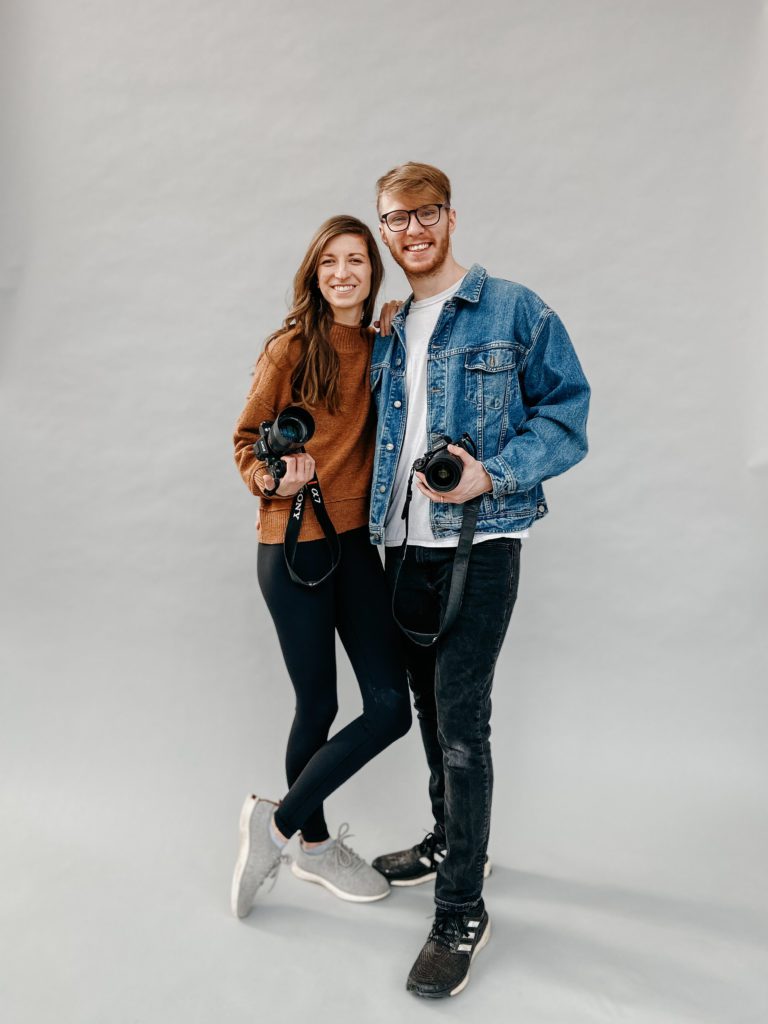Essential Guide to Starting a Photography Business
Do you have a passion for photography? Are you wanting to start and grow your photography business but you’re not sure where to start or what essential tools you need? Friend, I’ve been there and I know the feeling all too well. Starting a photography business doesn’t just happen over night. Back in 2013 I remember purchasing my first DSLR camera. I was about to study abroad and had no idea how to shoot on manual mode. Three years later, Luke and I started Lulle Photo and everything we now know was self-taught. It was a long a difficult process. I had no idea where to start, I didn’t know what I needed, and I had no plan on how to even get clients. If you’re there and you are wondering how to move forward, I’ve got you.


The basics: what you need to get started on your photography business at a minimum
Before jumping into some of our favorite tools we like to use, you have to first have the basic foundation of a photography business set up. This first section may seem obvious to most, but it’s an essential list of what you need to get started with your business at a bare minimum.
1. A good quality camera
This one is a no brainer, but again we are starting at the basics. While it’s true that the quality of the photographer matters more than the quality of the camera, you need to equip yourself with the right camera to get started. If you’re using the phone camera from an old Motorola Razr, I’m sorry but you likely won’t have clients who pay you hundreds or thousands of dollars to capture photos. If you’re ready to seriously start your business, having a quality DSLR or Mirrorless camera is essential for taking high quality photos that you can sell to your clients. We recommend dual slot cameras for those who are taking on wedding clients to ensure extra security for files. Not sure what type of camera is best for you? Check out this guide on how to choose the right camera for your photography business.
2. A photo editing software
Using a photo editing software will help you edit and retouch your photos to make them look their best before delivering them to your future clients. Lightroom is the gold standard for editing photos. That being said, it’s a bit pricey depending on the plan and for someone just starting out there are other tools that are more affordable and free. While I don’t recommend waiting to get Lightroom because it is a true game changer, you can always start with what tools you have available to you. When we first started, we used the free photo editing app that came on our Macbook Pro. As soon as we started making money and charging for sessions, we invested in Lightroom and we recommend you do so once you have the funds.
3. A photography website
A professional looking website is essential for marketing your photography business online and attracting potential customers. It’s the place where clients will be able to review your work, learn more about your services, and get in touch with you. If you don’t have a website, consider using WordPress or Pixieset where you can create one for free. If you’re ready to invest in a website, Squarespace and Showit are two of the more popular sites to create one through. Both offer customizable templates and tools for blogging if that’s something you want to get into. If you want to try Showit (the platform we use) you can use the code “LULLE” to get your first month free.
4. A photography business social media presence
Setting up accounts on popular social networking sites such as Facebook and Instagram can help you reach a wider audience and promote your business. Tiktok has also gained a lot of traction over the year. I’d recommend focusing on one or two to get started and then start adding other accounts as you grow your business.
5. A photography portfolio
A portfolio of your best work is essential for showing potential clients what you can do. You will also need a portfolio for marketing your photography business. The best places to showcase your portfolio are on your website and social media channels. It’s also important to show future clients full galleries of shoots you’ve done in the past so they know what to expect when hiring you.
6. Promotional materials
After staring a photography business, you will need to get your business name out there. Creating flyers, posters and other promotional materials can help you market your business to a wider audience. Hang them up at coffee shops, hand them out at networking events, mail them to future clients. These are great to have on hand and also to pass out at places that allow marketing. For example, if you’re a senior photographer you might want to rent a booth at a high school event and pass out marketing materials. If you’re an aspiring wedding photographer, you may want some marketing materials to hand out at a bridal show.
7. Photography business cards
Business cards may sound old school, but these are essential for networking and promoting your photography business offline and gives your potential future clients a way to get in touch with you. I always keep a handful in my camera bag when I’m at weddings and also in my wallet just in every day life. You never know when you’re going to run into someone who could use your services. Having these on hand and giving them a place where they can get in touch with you will help you spread the word about your photography business.
8. A fair pricing structure
Having a clear pricing structure is essential for running a successful photography business. At first it may be difficult to know what to charge. Be sure to only charge people once you have a solid portfolio and are confident in your skills. Practice is so important to have before just jumping in and charging people for something you aren’t confident in yet.
9. A legal Contract
Don’t make the same mistake that many beginner photographers do and not have a photography contract. Contracts are in place to protect both you and your clients in your service agreement. If you plan on starting a photography business and collecting payments, you absolutely cannot skip this step.
10. Register your business
Once you’re set up to earn money, you will need to register your business and keep track of all your income and expenses for tax purposes. This is a very important step in the process. We also recommend getting business insurance as soon as you are legally registered. We use State Farm!
Our favorite tools to grow and run a photography business


Now that you know the basics on what you need to start your photography business, let’s talk about the helpful tools to help you grow and run your photography business.
Dubsado
Dubsado and Honeybook are the two most popular client management systems used in the photography and videography industry. . Every photography business needs one in order to grow and manage all the things. Essentially, when a client inquires, it will load into Dubsado where you can manage your communication, automate emails, send invoices and contracts, and collect payment. It keeps just about everything all in once place and allows you to schedule without worrying about double booking. We love that it’s extremely customizable and easy to use. To learn more, check out our blog post “CRMs – what they are and why you need one“.
If you’re interested in trying out Dubsado for your business, use our discount code LULLE to get 20% off your first year!
Pic-time
Pic-time is a photo delivery service we use to send final galleries to clients. Trust me when I say it’s one of the best tools out there. For years we used cheaper delivery options that worked, but didn’t have nearly as much to offer. What I love about pic-time is it also has an online print shop linked to it. This allows you to sell prints to your clients (you set the prices) and they can purchase them directly through pic-time. You will make a commission off of those sales as well. While Pic-time isn’t the most affordable option, it does pay for itself in the long run. Interested in trying Pic-time? Use our promo code: PDSY6J to get a month for free! Click here to get started!
Preview App
The preview app is a GAME CHANGER. It is an app that lets you lay out your posts and plan them in advance. You can schedule them and have it remind you when to post so you always have content ready to go. It also have a feature in their premium subscription (which we have upgraded to) and it allows the app to automatically post for you! That’s right, you can literally tell it when to post, even if you want it to be as early as 5AM and you can have the app do the work for you. It gives you analytics to tell you when the most popular or optimal times are to post, caption ideas, and all sorts of helpful tools for instagram. It also has a desktop version where you can plan and load in all your photos and posts from you computer – no need to airdrop to your phone and take up extra storage! The free version is great and so if you’re looking for something that does what you need to plan and stay organized, this app will be your best friend!
Canva
Canva is a very powerful (and free) tool that you can use to create content for your photography business. Whether it’s a new logo, a fresh design for a blog post, or a template you want to use for your instagram story – Canva is the go-to tool. It’s an easy to use all-in-one design platform that allows you to create beautiful content. While there is a paid version, you will be impressed by what you can create with the free version.
In-shot
If you choose to use Instagram or Tiktok for your social media platforms, in-shot is an incredible mobile app used to help create reels and videos. I love that I can add photos, choose music, and create fun text designs right on the app. Instagram is notorious for crashing and losing reels in the drafts and so this is a great way to batch create content and post later!
Quickbooks
We use quickbooks to track all of our transactions on our business bank account. It links to our CRM (Dubsado) and literally makes taxes so easy. It also comes with an app to help track mileage. Each time we travel somewhere, we get a notification asking if it was for personal or business. We then can categorize all our trips and easily keep track of mileage – which is a tax write off!
Conclusion: Start and manage your photography business
Starting a photography business will take a lot of time. While there are sure to be steps and tools not listed on this post, we highly recommend everything mentioned here to get started. If you found this post helpful, share it with another friend yours who is just starting out their business as well. There is plenty of room here in the photography industry and I can’t wait to hear about how you start and grow your photography business!
Meet Halle, the Gal behind the camera


Hey there, I’m Halle but you can call me Hal. I’m a full-time photographer passionate about helping others reach their potential and follow their dreams. I got my first “nice” camera in 2013 and haven’t stopped taking photos since. My husband Luke joined me in my photography business and together we created Lulle Photo (Luke + Halle = Lulle, it’s cheesy but that’s us!)
If you’re ready to take your dream of being a photographer and making that your reality, I’m here to help! If you have any questions you’re welcome to connect with us on social media!
It's about helping you remember not only what it looked like, but also what it felt like through authentic and candid memories documented.
We value relationship with you above all else. We won't just show up as those people with the cameras "stalking you" all day.
Let us take you on a double date, support you throughout the planning season, and help you intentionally craft a day that doesn't just feel like one long photoshoot.
Our job as your wedding photographer and videographer is so much more than creating beautiful photos and films.
Luke + Halle = Lulle
A husband and wife wedding photography & videography team
Luke + Halle = Lulle









